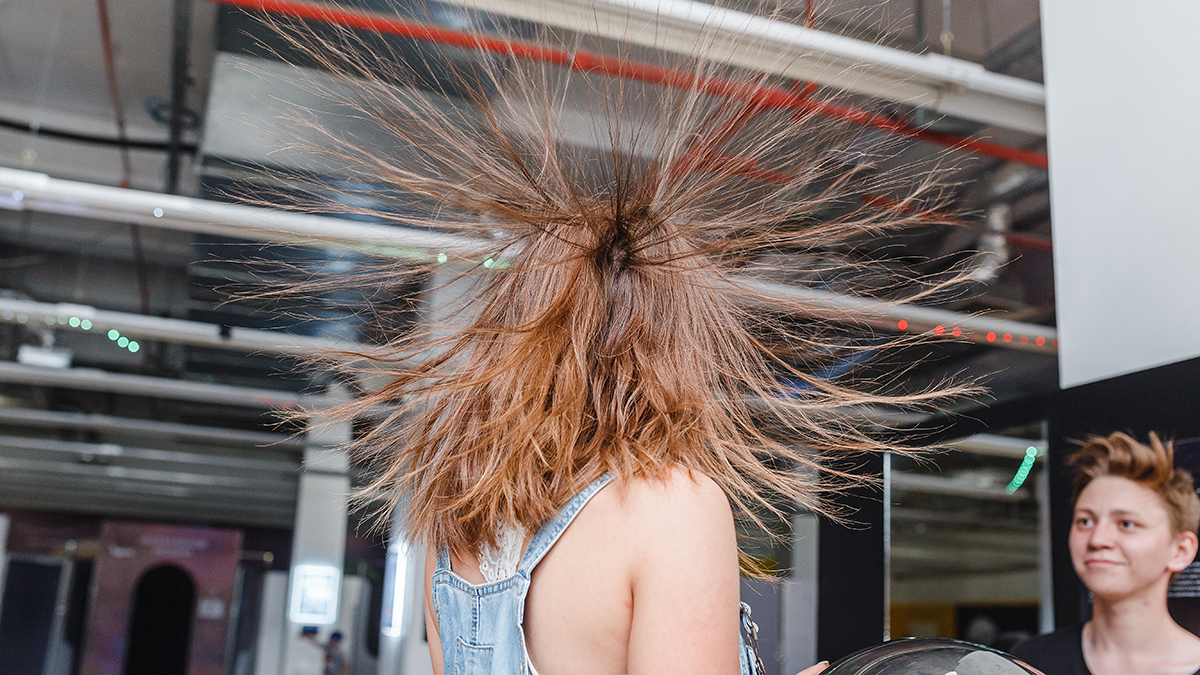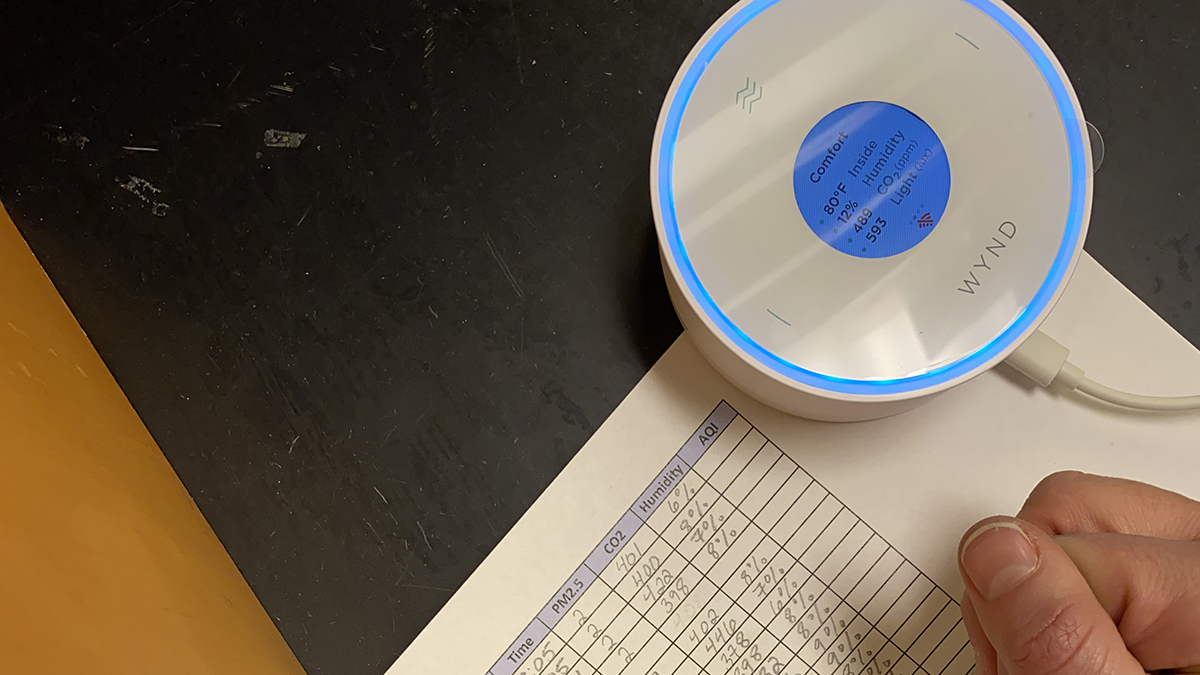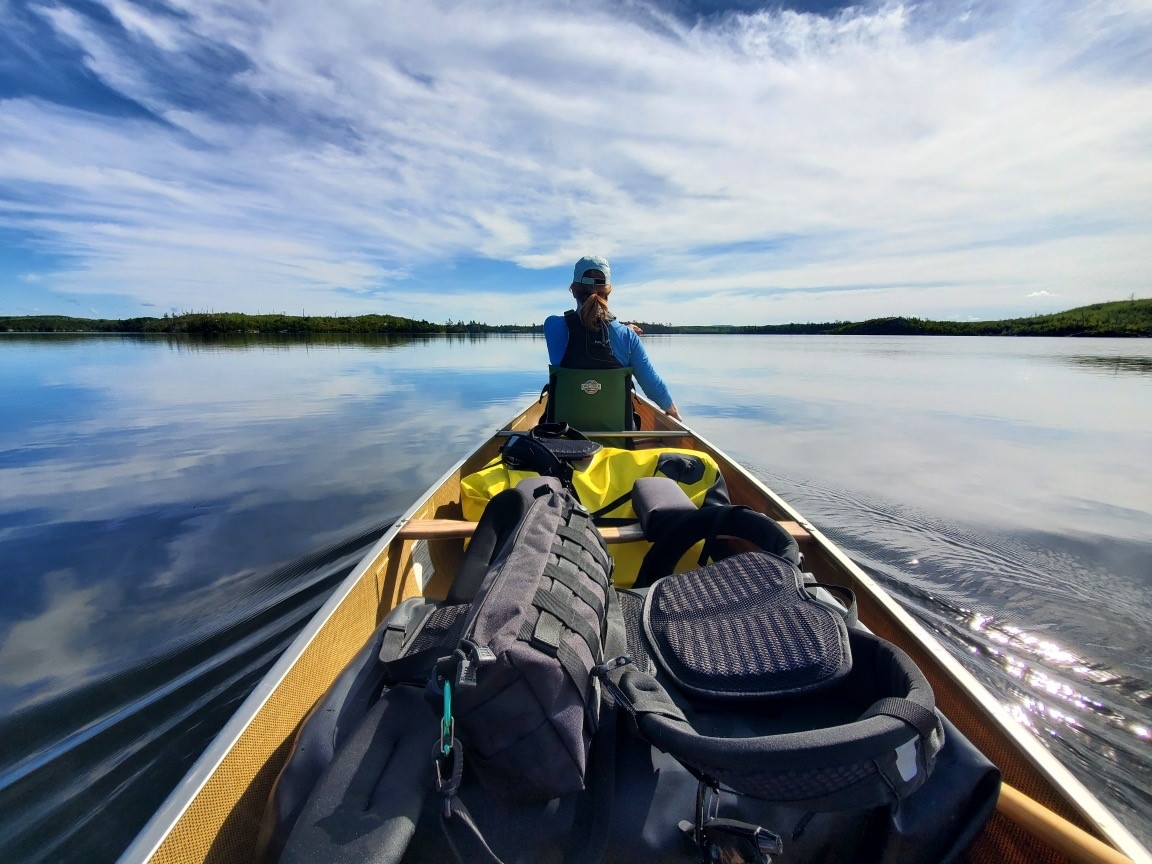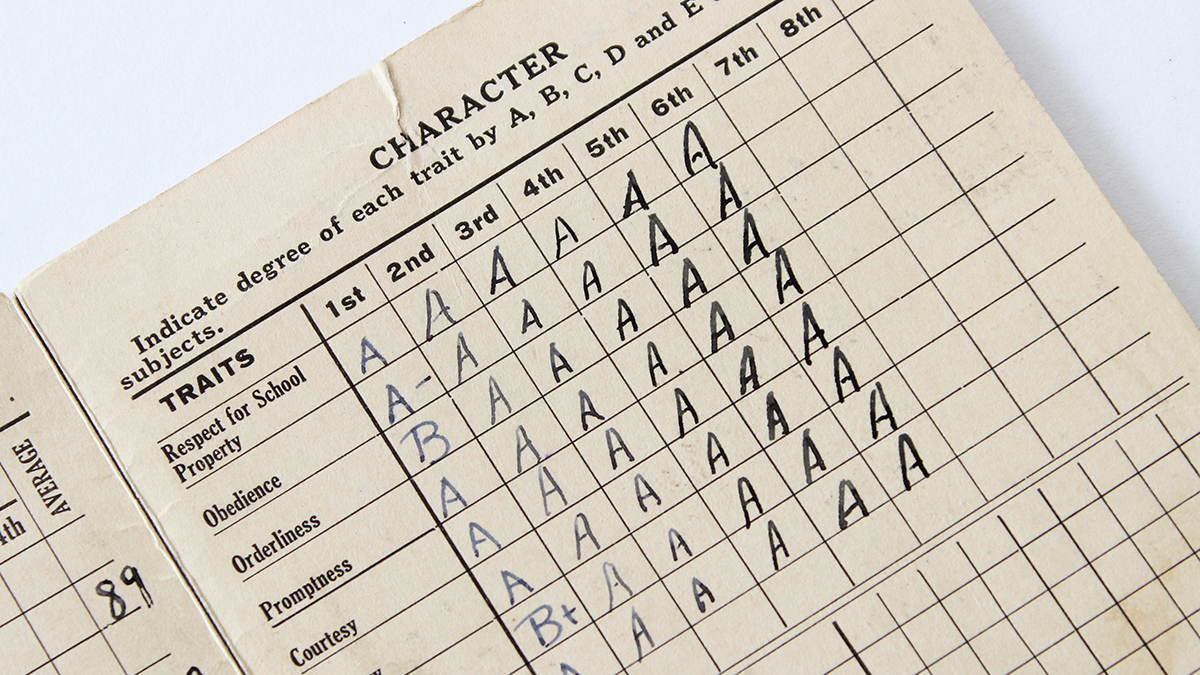Research to Practice, Practice to Research
Citizen Science Framing and Delivery Models: Impacts on Young People’s Environmental Science Learning
Connected Science Learning September–October 2022 (Volume 4, Issue 5)
By Jessica Wardlaw, Ana Benavides-Lahnstein, Lucy Robinson, Julia Lorke, Sasha Pratt-Taweh, Maryam Ghadiri Khanaposhtani, Heidi Ballard, and Victoria Burton

Editorial
Location, Location, Location!
Volume 4, Issue 5
Place-Based Learning
Volume 4, Issue 5
Place-Based Learning
Volume 4, Issue 5
Place-Based Learning
Right to the Source
Engaging Students in Scientific Practices With the Notebooks of Alexander Graham Bell
The Science Teacher—September/October 2022 (Volume 90, Issue 1)
By Peter DeCraene
Career of the Month
Career of the Month: Astronomer
The Science Teacher—September/October 2022 (Volume 90, Issue 1)
By Luba Vangelova
Astronomers study objects that are outside of the Earth’s realm, such as stars, planets, comets, and galaxies. Chris Carilli is an astronomer at the National Radio Astronomy Observatory (NRAO), which operates the National Science Foundation’s Karl G. Jansky Very Large Array (VLA) in Socorro, NM. The VLA is a conglomeration of large radio antennas arranged in a miles-long Y formation, which together function like one large telescope. Carilli studies the birth and formation of massive galaxies and cosmic reionization (the period in the history of the universe when stars and galaxies first appeared), by analyzing the very low-frequency (radio spectrum, and therefore invisible to the human eye) light waves emitted by all celestial matter.
Astronomers study objects that are outside of the Earth’s realm, such as stars, planets, comets, and galaxies. Chris Carilli is an astronomer at the National Radio Astronomy Observatory (NRAO), which operates the National Science Foundation’s Karl G. Jansky Very Large Array (VLA) in Socorro, NM. The VLA is a conglomeration of large radio antennas arranged in a miles-long Y formation, which together function like one large telescope.
Astronomers study objects that are outside of the Earth’s realm, such as stars, planets, comets, and galaxies. Chris Carilli is an astronomer at the National Radio Astronomy Observatory (NRAO), which operates the National Science Foundation’s Karl G. Jansky Very Large Array (VLA) in Socorro, NM. The VLA is a conglomeration of large radio antennas arranged in a miles-long Y formation, which together function like one large telescope.
feature
Hair-Raising Fun!
Making sense of student-generated diagrams
The Science Teacher—September/October 2022 (Volume 90, Issue 1)
By Sherab Tenzin, Mihye Won, and David Treagust

feature
The Science Symposium
A Substantive Alternative Assessment
The Science Teacher—September/October 2022 (Volume 90, Issue 1)
By Anna Kiley, David Jones, Carolyn Hester, Michael Coe, and Tony Ward

feature
Understanding “Death”
Creating student opportunities for meaningful emotional expression in the science classroom
The Science Teacher—September/October 2022 (Volume 90, Issue 1)
By Zachary Schafer and Lawrence Scharmann

feature
CCE For Me: Students Demand High-Quality Climate Change Course Offerings
The Science Teacher—September/October 2022 (Volume 90, Issue 1)
By Timothy E. Muhich and Richard B. Rood

feature
Debunking Myths of Standards-Based Grading
Addressing the concerns and providing some strategies for implementing alternative grading practices




